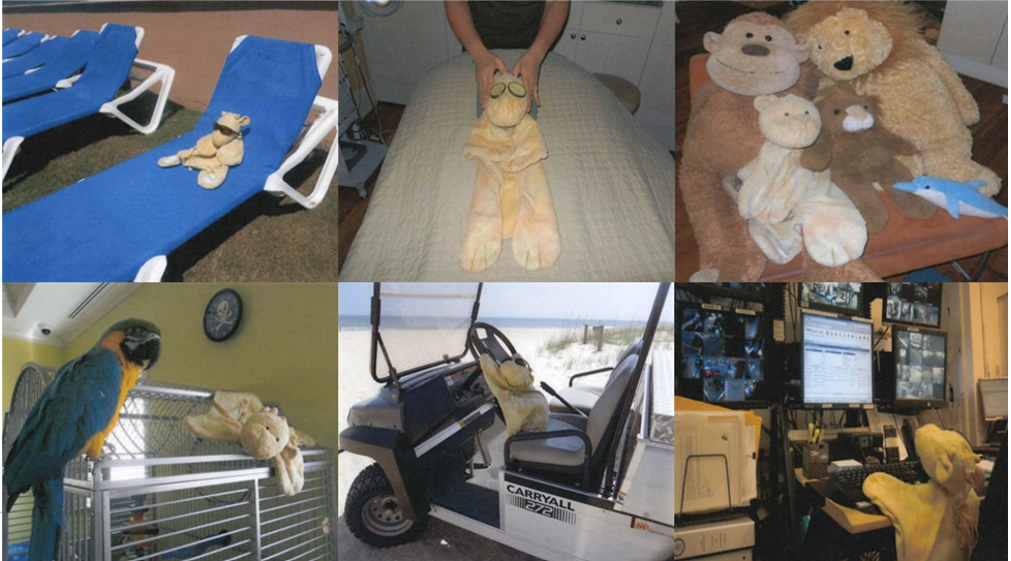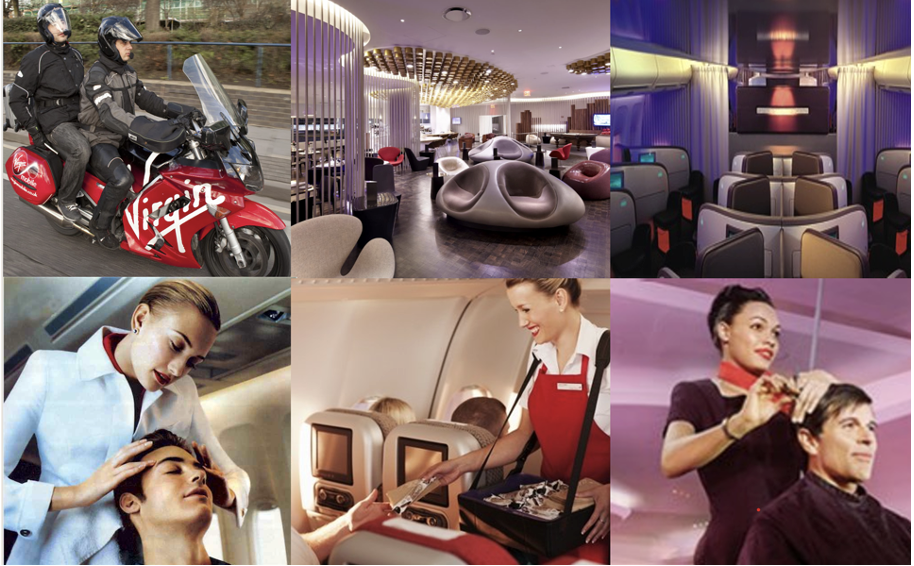THE THREE LEVELS OF EXCEPTIONAL CUSTOMER SERVICE
Blog post by Prasad Narasimhan, Managing Partner for Asia based in Bangalore with a passion for service brand projects
Across markets, the lines between product & service are blurring. No brand is just a product anymore. Instead, every brand needs to simultaneously stand out for what it has (attributes), what it does (benefits) and most importantly, how it makes consumers feel (often linked to service).
Robert Stephens famously said, “Advertising is a tax for having an unremarkable product or service”. We marketers are, therefore, in a constant quest to build remarkability into our products & services.
When it comes to product, we can access thousands of books and videos for inspiration. But for service, we often need to rely on anecdotes or great service stories from legendary service-brands like Ritz Carlton and Nordstrom. And while one can learn from such brands and their service stories, we wanted to design a universal approach to service excellence that would be practically useful on service brand growth projects.
Based on 22 years of brandgym experience on service brand projects, we’ve identified three levels that great brands need to concurrently operate at. Each level looks to create service excellence in its own way, and complements the other two. More importantly, each is a way of thinking, aligning and committing to excellent service.
Level 1: BRILLIANT BASICS
This is a term attributed to Richard Branson, who often stresses that “anything that needs to be done, needs to be done brilliantly”. This of course entails sharp processes, but is more about an attitudinal commitment to everyday excellence. A great example is Indigo Airlines, which counts timeliness as one of its key values. Their obsession with on-time departures, quick turnarounds, before-time arrivals and on-time awards is palpable. They has even coined a term Indigo Standard Time to amplify this obsession.

Level 2: UNEXPECTED DELIGHTS
If consumers already expect certain levels of service, there’s little opportunity to delight. Real delight happens when consumers are happily surprised, when brands anticipate and overdeliver on areas that consumers are not even expecting. Ritz Carlton is an inspiring example here.
One of the most celebrated stories is of Josh Hurn, a stuffed giraffe toy that got left behind at a Ritz Carlton by a 8-year old boy (1). The distraught boy’s father wrote to the hotel asking if they could send Josh home, further mentioning that he had told his son that Josh had decided to stay on for a few more days at the hotel, and would come back soon. So, Ritz’s staff famously gave Josh a vacation to remember, complete with an employee ID card (for free access within the hotel) and a whole bunch of pictures to remember his solo vacation by, to the obvious delight of his owner when Josh returned home three days later. This story, deservedly, is one of the most retold service stories on the internet.

This is not simply what we call a “random act of kindness”. The internet abounds with stories of unexpected delight, recorded by Ritz’s customers. Each one adds to the mystique of the brand. Rather, the process of creating Unexpected Delights is systemized in such a way that it is replicable and scaleable. This Ritz Carlton approach is enshrined in the brands ‘Service Value Credos’. These start at the general level and then go deeper into identifying AND responding to opportunities to surprise and delight clients:
- “I understand my role in creating The Ritz-Carlton Mystique”.
- “I continuously seek opportunities to innovate and improve The Ritz-Carlton experience”.
- “I am always responsive to the expressed and unexpressed wishes and needs of our guests”.
- “I am empowered to create unique, memorable and personal experiences for our guests”.
Level 3: SERVICE SIGNATURES
Great service brands don’t stop at Levels 1 and 2, but go on further to create what we call ‘Service Signatures’ – distinctive, replicable and remarkable branded service rituals.
Virgin Atlantic does this better than most companies do. From iconic motorcycle pickups, to manicures at the lounge, to mood-lighting in the aircraft, to a ‘massage menu’ on board, to gorgeous in-flight cutlery that you are encouraged to steal, the consumer journey is full of Service Signatures. These all go well and beyond industry standards. There is no room for the ordinary here.

DESIGNING FOR SERVICE EXCELLENCE
While these three levels are easy to understand, very few brands manage to successfully deliver them day in and day out. Four principles can help here.
Disrupt: This is where brand leaders commit to disrupt their markets. This is about the intent to over-commit to remarkable branded experiences, and then to over-delivering on them.
Define: Clear and simple processes are necessary, so that everyone down the line knows what they must deliver to. But these are not sufficient, as rivals also have their own processes. For service to work as a differentiator, brands must define where and how their service must stand out distinctively.
Design: Great service journeys are crafted meticulously for each touchpoint along the ‘consumer decision journey’. While brilliant basics can work for most touchpoints, the best brands go further and code in unexpected delights and service signatures at the most critical touchpoints.
Dance in the Moment: Most brands are very tight on processes, but very loose on how frontline staff understand the brand. The best service brands do the exact opposite – they’re very tight on the brand experience, while being loose in encouraging employees to express themselves freely and in surprising ways.
In conclusion, understanding and applying the three levels of service allows for a more strategic and systematic approach to creating exceptional customer service.
SOURCES


